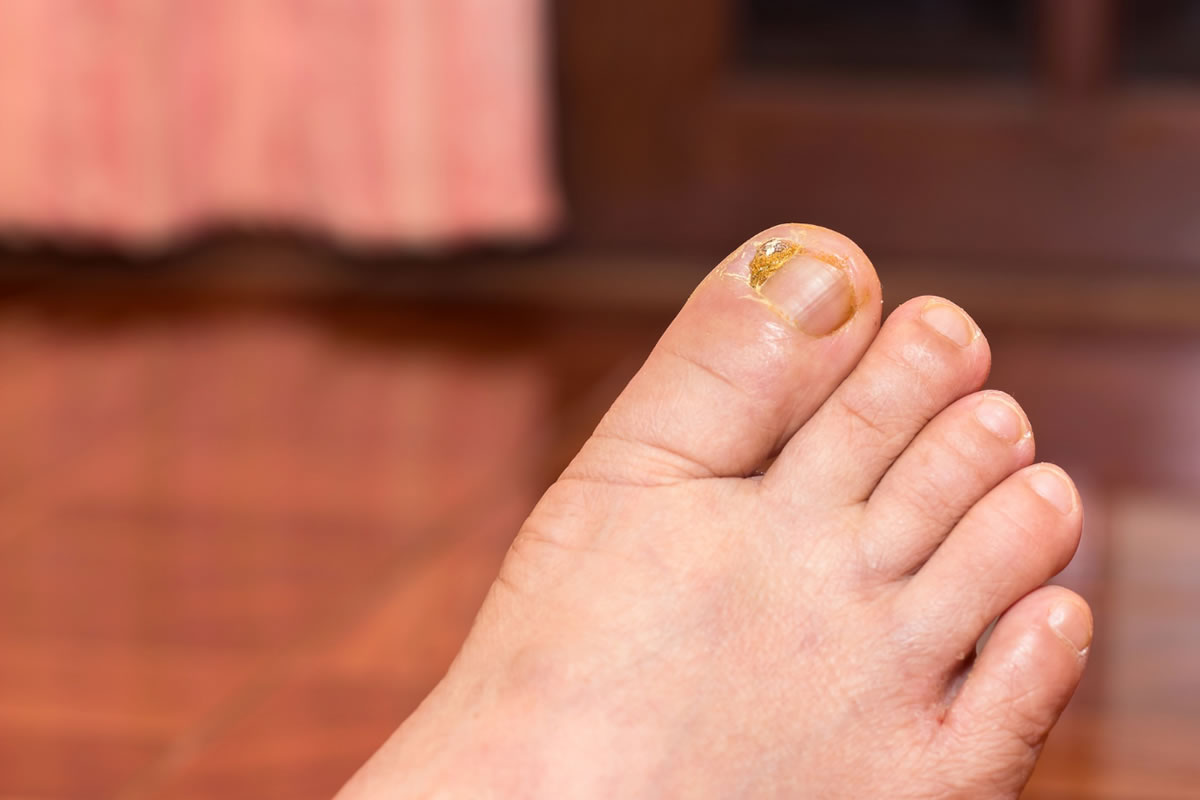4 Common Foot Problems

Our feet play an essential role in our day-to-day life, but foot health is often ignored or overlooked. Your feet can be affected by the activities you are involved in, the type of work you do, and the shoes you wear. Many health problems can also impact the feet. Many people experience swelling, itching, and foot pain regularly. Ignoring foot problems is silly because foot problems are treatable in most cases. Experts offer these common foot problems to help educate us on foot health.
Ingrown toenails
An ingrown toenail happens when your toenail grows into the skin on the side of your toe. Ingrown toenails can develop from cutting your toenails too short. They can also be caused by wearing shoes too tight for your feet. It is not uncommon for ingrown toenails to swell, cause soreness, or become infected. You can find relief by soaking your foot in warm water several times daily. Wearing comfortable shoes that fit well and avoiding trimming toenails too short can also help. A suitable method for trimming toenails is to cut them in a straight line, just short of the top edge of your toe, without rounding off the edges. If the problem worsens, ingrown toenails can be surgically removed by a physician.
Bunions
A bunion is a consistently swollen, sore bump on the joint connecting your foot and big toe. As a bunion increases in size and sticks out further, it can cause severe pain. In extreme bunion cases, your big toe will angle inward toward your second toe. The pressure caused by a severe bunion can force other toes out of their natural alignment. Bunions can be caused by regularly wearing narrow, tight, or high-heeled shoes. To manage bunion irritation, you can put protective pads inside wide, low-heeled shoes while you wear them. In severe cases, bunions may require surgery by an orthopedic surgeon in Lake Mary to correct the alignment of your big toe.
Athlete’s foot
Athlete’s foot is a fungal infection that thrives in warm, humid environments created by showers, sweaty socks, and shoes. Athlete’s foot generally starts in between your toes. However, with time and lack of treatment, it can spread to your toenails and the bottom of your feet. Surprisingly enough, when left untreated, athlete's foot can also spread to other parts of your body. Symptoms of athlete’s foot include a foul smell, itching, scaling, a burning sensation, and blisters. You can quickly treat athlete's foot with over-the-counter anti-fungal medications. In addition, you can prevent continued fungus growth by keeping your feet clean and dry.
Corns and calluses
Corns and calluses are rough, thick, and raised areas of dead skin cells. Corns typically develop on the top of your toes or feet, while calluses usually develop on the bottom of your feet. Calluses and corns form to protect your foot from consistent friction. Corns and calluses can develop when wearing tight shoes causes the bones in your foot to rub against the skin. Soaking your feet in warm water can help soften these rough skin patches. A doctor can shave off corns and calluses. In the most severe and stubborn cases, surgery or cortisone injections can be used to help resolve corns and calluses.
Contact us today if you require an orthopedic surgeon in Lake Mary.